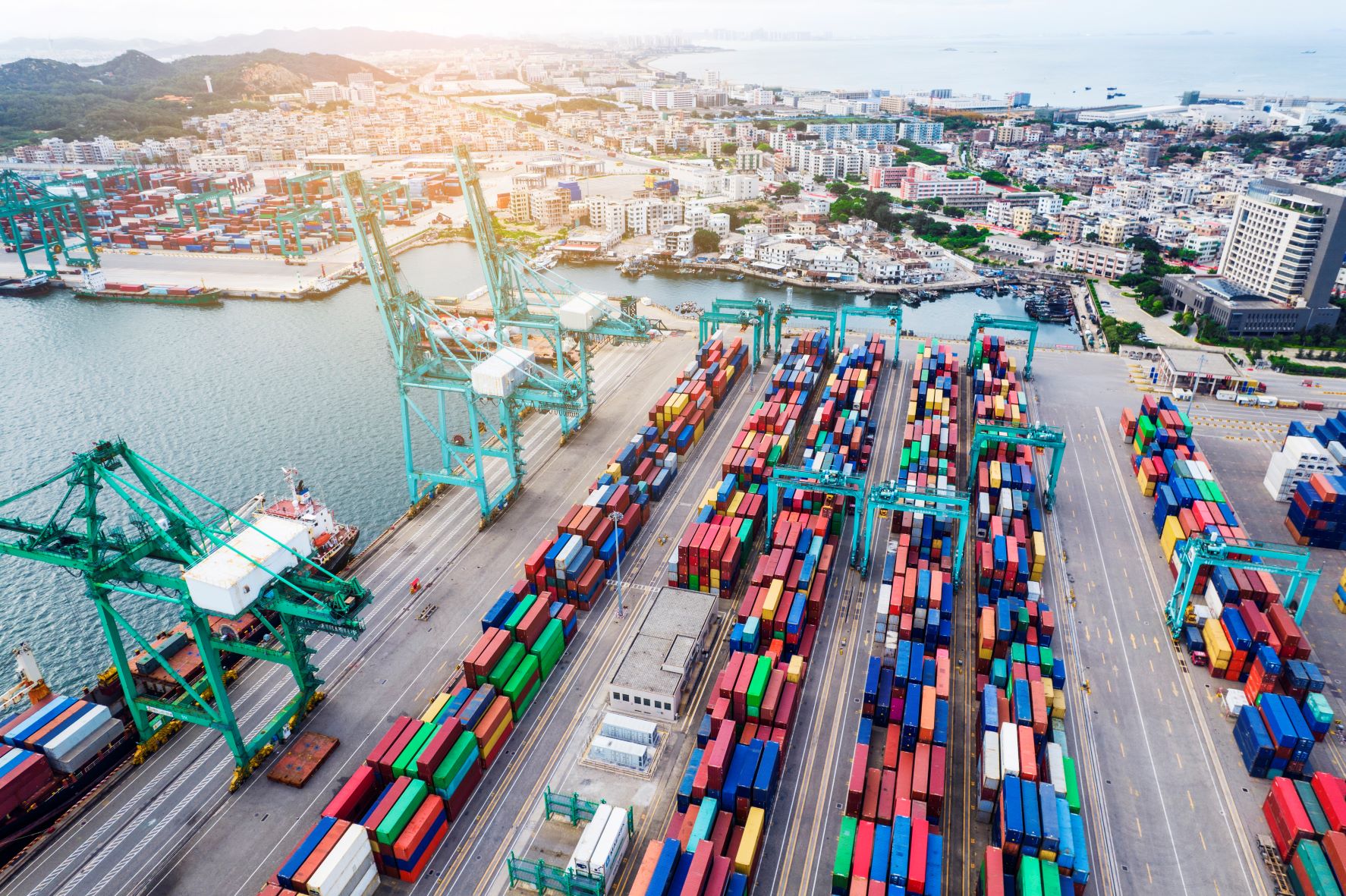Estimated reading time: 5 minutes
During SEMICON’s annual conference held in Penang, DHL’s Director of Business Development, Mohammad Ridwan Idid spoke to Enterprise IT News about the role logistics service providers such themselves have in supporting and thriving the local semiconductor industry,
LLL or Lead Logistics Partner is one such service offering; under the supervision of DHL Supply Chain; that was conceived to help organiisations across APAC overcome challenges of a complex and dynamic international trade landscape.

According to Ridwan, DHL Supply Chain Malaysia itself has been present in Malaysia since 1969, via mergers and acquisitions over the years that culminated into it being what it is today.
Robust growth
“In the many years it has been in Malaysia, DHL Supply Chain’s stronghold is in our technology sectors. Predominantly, these technology sectors are based out of Penang, the Silicon Calley of the East,” Ridwan explained.
The organisation has shown good progress especially in the last two years, and enjoys good market share, to date. “We have been very successful this year, building up four new warehouses in Penang alone, to be able to fulfil demand,” Ridwan said adding that a majority of these warehouses, ranging from 70,000 sq ft to 200,000 sq ft, will be for the technology sector, and predominantly the semiconductor industry.
Despite the pandemic, more robust demand for AI
Ridwan observed that propagating automation used to be a tough call for organisations due to high costs. However the pandemic has accelerated the need for digitalisation and automation because of shortage of manpower resources.
“So the dependency on manual work has moved towards automation right now. The cost of automation is acceptable at this point in time.
“Of course we have to look into ROI and we have to adjust to a longer contractual period as this ensures the cost of automation is financially acceptable for use at the customer’s site,” he said citing that the recently implemented minimum wage by the authorities has had companies weighing more closely, the cost benefit of automation versus human manual labour.
“If you want high technology automation, obviously you have to consider that as part of the cost component of running warehouse operations.”
Ridwan shared that a business arrangement of both parties co-investing in the technology infrastructure, is usually the method of moving forward.
The role of DHL Supply Chain
DHL Supply Chain does not want to be perceived as a just a 3PL, or third party logistics provider, but a business partner.
Ridwan shared that some companies do get carried away by buzzwords like automation, and DHL has had to put things into perspective for customers to see what is actually feasible, or not.
“As a partner we come up with win-win solutions that serve the interests of both parties. So, that’s why we have a consultancy arm, DHL Consulting, that finds out their pain points and come up with the solution.”
After this consultation phase, DHL Supply Chain steps in to design the solution, design what the warehouse set up should be, as well as the best, fit-for-purpose automation technology to use for the specific operations the customer wants to achieve.
Ridwan shared that some companies do get carried away by buzzwords like automation, and DHL has had to put things into perspective for customers to see what is actually feasible, or not.
DHL is demonstrating capabilities beyond conventional warehousing. “We have moved up the value chain doing things we have not done before, for example running a clean room, which is one of the technical requirements for handling semiconductors.
“We also conduct quality control, and we conduct tuning, and other value-added services like technical services, repair work, refurbishment . This is so they can see the relevance of DHL in the semiconductor ecosystem.”
Solutions and technology partners
“In the logistics environment, the primary automation that we are talking about for example are like automated guided vehicles (AGV), or storage tracking and retrieval capabilities called automated retrieval system (ARSM), or the carousel whereby the set up moves like a vending machine.”
“We also conduct quality control, and we conduct tuning, and other value-added services like technical services, repair work, refurbishment . This is so they can see the relevance of DHL in the semiconductor ecosystem.”
Using these technologies, it is possible to compress the shelving space for inventory to become smaller. “The automation will give me the inventory item that I want. There is no manual intervention,” he said.
“We have global partners, regional and local partners to work with to see the feasibility of specific projects.”
Technically, when a company is appointed as a technology partner to DHL, it is a global arrangement which applies to other countries that DHL has presence in.
Chip shortage
If anything the presence of a logistics powerhouse like DHL in Malaysia, could be seen as helping to alleviate concerns of potential foreign direct investment.
Ridwan shared that during trade missions/talks by agencies like MIDA or Invest Penang, DHL is able to “convince new investors that the supply chain or logistics ecosystem is well-etablished and mature.” According to him also, Penang is enjoying good investment from greenfield investors through the initiatives of the Malaysian and state government agencies.
If anything the presence of a logistics powerhouse like DHL in Malaysia, could be seen as helping to alleviate concerns of potential foreign direct investment.
“So, we are riding on the wave and (want to ) ensure that we don’t disappoint them as a service provider,” he concluded, also adding his observations that developments like the DFTZ in KLIA imply there is demand for Malaysia to become a regional distribution centre.








